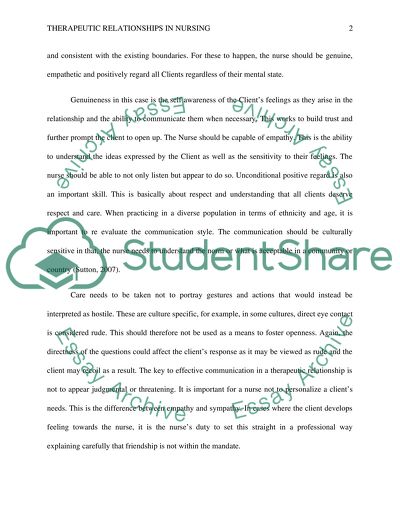Cite this document
(“Use of Communication Skills to Facilitate Therapeutic Relationships Essay”, n.d.)
Retrieved from https://studentshare.org/nursing/1633901-use-of-communication-skills-to-facilitate-therapeutic-relationships
Retrieved from https://studentshare.org/nursing/1633901-use-of-communication-skills-to-facilitate-therapeutic-relationships
(Use of Communication Skills to Facilitate Therapeutic Relationships Essay)
https://studentshare.org/nursing/1633901-use-of-communication-skills-to-facilitate-therapeutic-relationships.
https://studentshare.org/nursing/1633901-use-of-communication-skills-to-facilitate-therapeutic-relationships.
“Use of Communication Skills to Facilitate Therapeutic Relationships Essay”, n.d. https://studentshare.org/nursing/1633901-use-of-communication-skills-to-facilitate-therapeutic-relationships.


